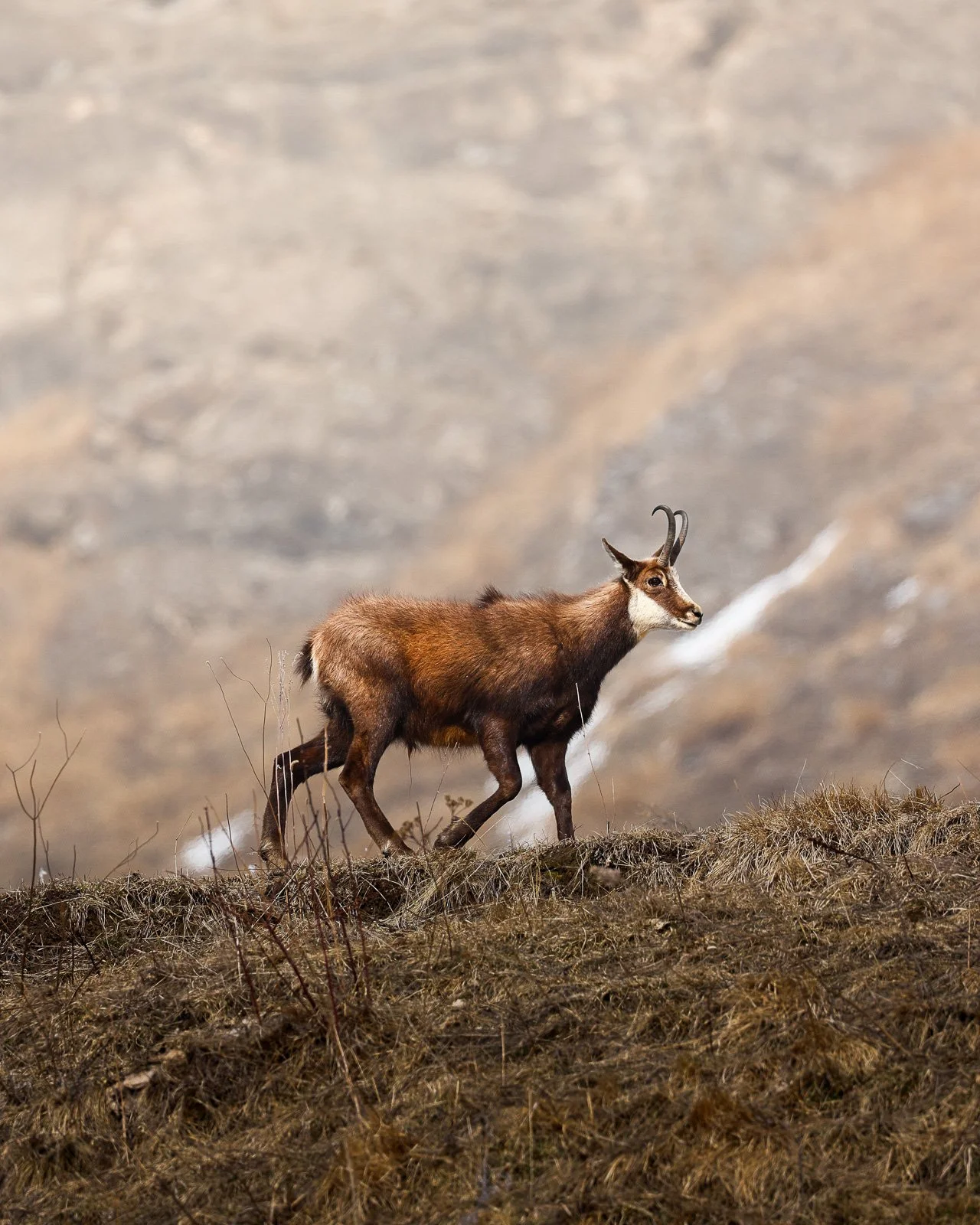
Italy
Italy is strategically located in Southern Europe, projecting into the Mediterranean Sea and acting as a natural bridge between Europe, Africa, and Asia. This central position, combined with its varied geography—from the Alps in the north to the coastal and island landscapes in the south—creates a wide range of habitats and climates.
As a result, Italy is one of the most biodiverse countries in Europe, hosting around 50% of Europe’s plant species and 30% of its animal species. Its ecosystems include alpine forests, Mediterranean scrublands, wetlands, volcanic zones, and marine environments. Many species are endemic, found only in Italy, especially on islands like Sicily and Sardinia.
The richness of Italy’s biodiversity is protected through numerous national parks, nature reserves, and marine protected areas, making it a key country for European and global conservation efforts.
Great Crested Grebe shaking off the water from its feathers. [Alserio Lake, Como, 2025]
Portrait of an Ibex [Mount Legnone, Como, 2025]
Pigmy Owl checking out the surroundings from a high branch. [Gran Paradiso National Park, Aosta, 2025]
Gentle walk of an alpine Chamoix. [Grand Paradiso National Park, Aosta, 2025]
Portrait of an adult exemplar of Ibex in the snow. [Gran Paradiso National Park, Aosta, 2025]
Green Woodpecker looking for a snack in the barks. [Como, 2025]
Couple of Roe Deer looking for a place to celebrate their love. [Valbondione, Bergamo, 2022]
Portrait of a Marmot. [Gran Paradiso National Park, Aosta, 2022]
A Robin blending in the surroundings. [Como, 2022]
Grey egret looking for a catch. [Como, 2022]
Self massage of a Ibex. [Gran Paradiso National Park, Aosta, 2025]

![Great Crested Grebe shaking off the water from its feathers.
[Alserio Lake, Como, 2025]](https://images.squarespace-cdn.com/content/v1/63e5ef31f74b2e1206db8320/b85eceff-dd90-42fa-9e28-0d8b367345f8/_85A6847.jpg)
![Portrait of an Ibex
[Mount Legnone, Como, 2025]](https://images.squarespace-cdn.com/content/v1/63e5ef31f74b2e1206db8320/6239bfd6-77d1-442d-83bf-aeb00ed337b2/_85A7487.jpg)
![Pigmy Owl checking out the surroundings from a high branch.
[Gran Paradiso National Park, Aosta, 2025]](https://images.squarespace-cdn.com/content/v1/63e5ef31f74b2e1206db8320/1a0f5aaf-e513-4b71-b673-8b327f4d9c2a/_85A3386-Enhanced-NR.jpg)
![Gentle walk of an alpine Chamoix.
[Grand Paradiso National Park, Aosta, 2025]](https://images.squarespace-cdn.com/content/v1/63e5ef31f74b2e1206db8320/d38a6bba-dc23-4b98-8461-278b21464df5/_85A3549-2.jpg)
![Portrait of an adult exemplar of Ibex in the snow.
[Gran Paradiso National Park, Aosta, 2025]](https://images.squarespace-cdn.com/content/v1/63e5ef31f74b2e1206db8320/0f9309f1-8d93-45d8-bbab-5e20f818ae0d/_85A3496-2.jpg)
![Green Woodpecker looking for a snack in the barks.
[Como, 2025]](https://images.squarespace-cdn.com/content/v1/63e5ef31f74b2e1206db8320/c018646e-afd5-4c4b-8ff6-befe24856b39/_85A3859.jpg)
![Couple of Roe Deer looking for a place to celebrate their love.
[Valbondione, Bergamo, 2022]](https://images.squarespace-cdn.com/content/v1/63e5ef31f74b2e1206db8320/4669a913-ab6a-4f37-826e-91156509ffaf/_85A6003.jpg)
![Portrait of a Marmot.
[Gran Paradiso National Park, Aosta, 2022]](https://images.squarespace-cdn.com/content/v1/63e5ef31f74b2e1206db8320/71797457-3317-44d8-9dc9-0a881ecde7c4/_85A4686.jpg)
![A Robin blending in the surroundings.
[Como, 2022]](https://images.squarespace-cdn.com/content/v1/63e5ef31f74b2e1206db8320/5b52aa93-2fda-4859-bd64-8f1e34aae982/_85A6249.jpg)
![Grey egret looking for a catch.
[Como, 2022]](https://images.squarespace-cdn.com/content/v1/63e5ef31f74b2e1206db8320/87bfd767-f3c8-41ec-9cb7-eed09d16773c/_85A6565%5B1%5D.jpg)
![Self massage of a Ibex.
[Gran Paradiso National Park, Aosta, 2025]](https://images.squarespace-cdn.com/content/v1/63e5ef31f74b2e1206db8320/cca9168a-6209-4463-818b-cac9ecc6ef90/_85A4736.jpg)